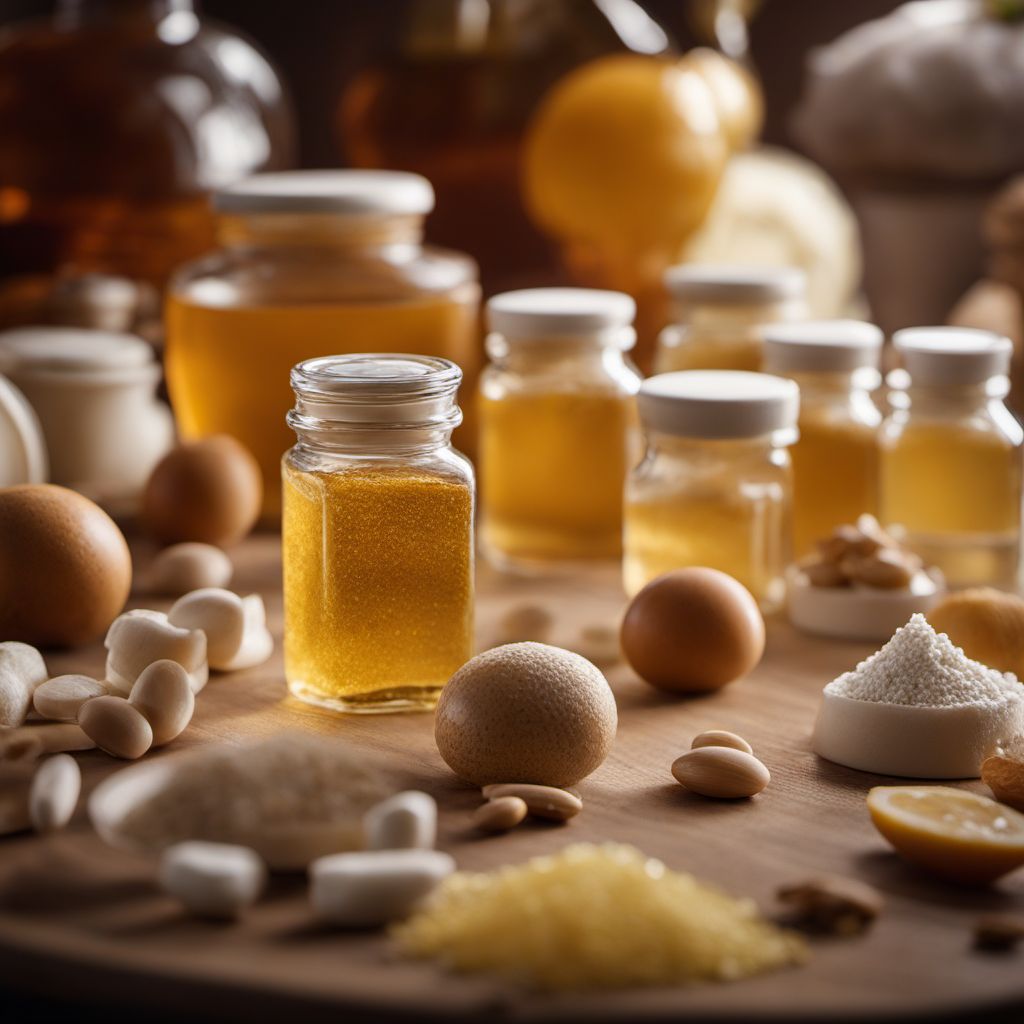
Ingredient
Chemical elements
The Building Blocks of the Universe
Chemical elements are the basic building blocks of matter, each with its own unique properties and characteristics. They can be found in various forms, such as solids, liquids, and gases, and are essential for the composition and structure of all living organisms. In culinary arts, elements such as carbon, hydrogen, oxygen, and nitrogen are vital for creating flavors, textures, and chemical reactions during cooking processes.
Origins and history
The study of chemical elements dates back to ancient civilizations, with early alchemists attempting to understand and manipulate matter. The periodic table, a systematic arrangement of elements, was developed in the 19th century and has since become a cornerstone of chemistry. Elements are found in different quantities and combinations in the Earth's crust, oceans, and atmosphere, and their availability has shaped human history and technological advancements.
Nutritional information
Chemical elements provide essential nutrients for the human body, such as calcium, iron, potassium, and zinc. They are involved in various physiological processes, including energy production, bone formation, and immune function. However, some elements can be toxic in excessive amounts, highlighting the importance of a balanced diet and proper nutrition.
Allergens
Some chemical elements, such as nickel, chromium, and sulfites, can cause allergic reactions in susceptible individuals. Additionally, certain elements, such as lead and mercury, are toxic and should be avoided in high concentrations.
How to select
Chemical elements cannot be selected in the traditional sense, as they are fundamental components of matter. However, when choosing ingredients for cooking, consider the elemental composition of foods and their nutritional value.
Storage recommendations
Chemical elements do not require specific storage recommendations, as they are present in various forms and compounds. However, certain elements, such as radioactive isotopes, should be handled and stored with caution due to their potential hazards.
How to produce
Chemical elements are naturally occurring and cannot be produced by individuals. They are formed through various processes, such as stellar nucleosynthesis, supernova explosions, and radioactive decay.
Preparation tips
The preparation of chemical elements involves their incorporation into recipes and cooking processes. For example, adding salt (sodium chloride) to enhance flavors, using baking soda (sodium bicarbonate) as a leavening agent, or utilizing iron cookware for heat conduction. Understanding the properties and interactions of elements is essential for achieving desired culinary outcomes.
Culinary uses
Chemical elements are used in a wide range of culinary applications. Salt is a common seasoning and preservative, while metals such as copper and aluminum are used in cookware for their heat conductivity. Elements like carbon and nitrogen are essential for creating textures and structures in baking and molecular gastronomy.
Availability
Chemical elements are universally available, as they are the fundamental components of matter. They can be found in various forms and combinations in different regions and environments around the world.
More ingredients from this category » Browse all

Iodine
"The Essential Element: Unveiling the Power of Iodine"

Molybdenum
The Essential Trace Mineral
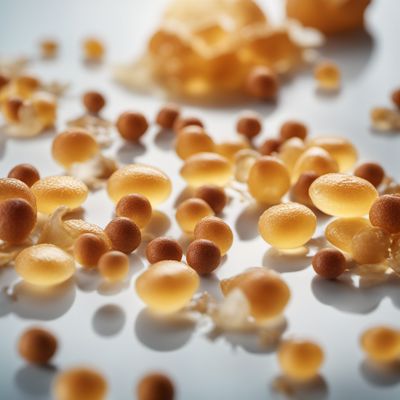
Fluorine
"The Mighty Element: Unleashing the Power of Fluorine"
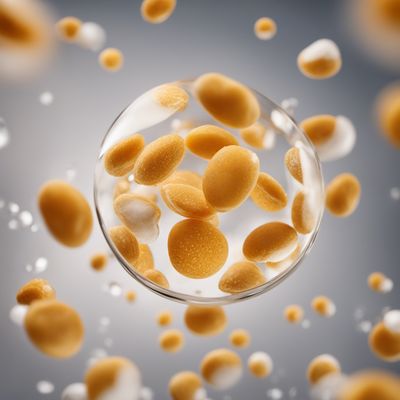
Calcium
The Mighty Mineral: Unleashing the Power of Calcium
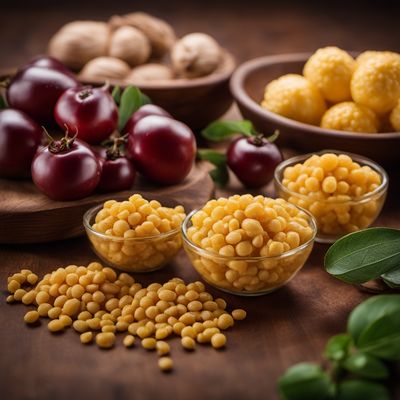
Manganese
The Mighty Mineral: Unveiling the Power of Manganese
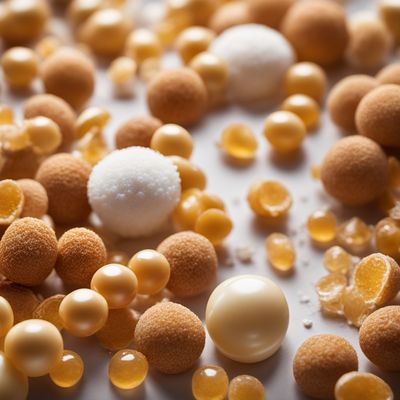
Magnesium
"The Mighty Mineral: Unleashing the Power of Magnesium"

Copper
The Versatile Element: Unleashing the Power of Copper
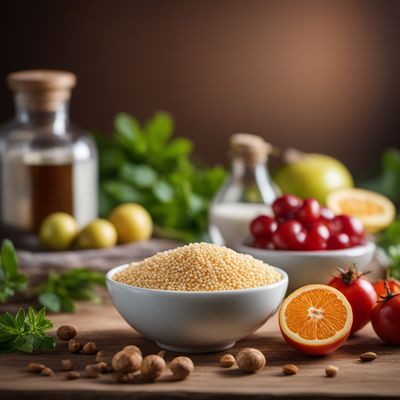
Phosphorus
The Essential Mineral

Chromium
The Mighty Mineral: Unveiling the Power of Chromium

Bromine
The Versatile Element of Bromine

Zinc
The Mighty Mineral: Unleashing the Power of Zinc
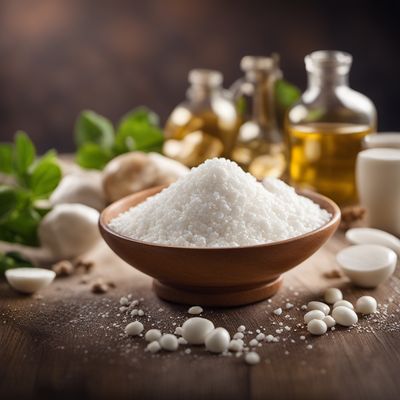
Selenium
"The Mighty Mineral: Unleashing the Power of Selenium"